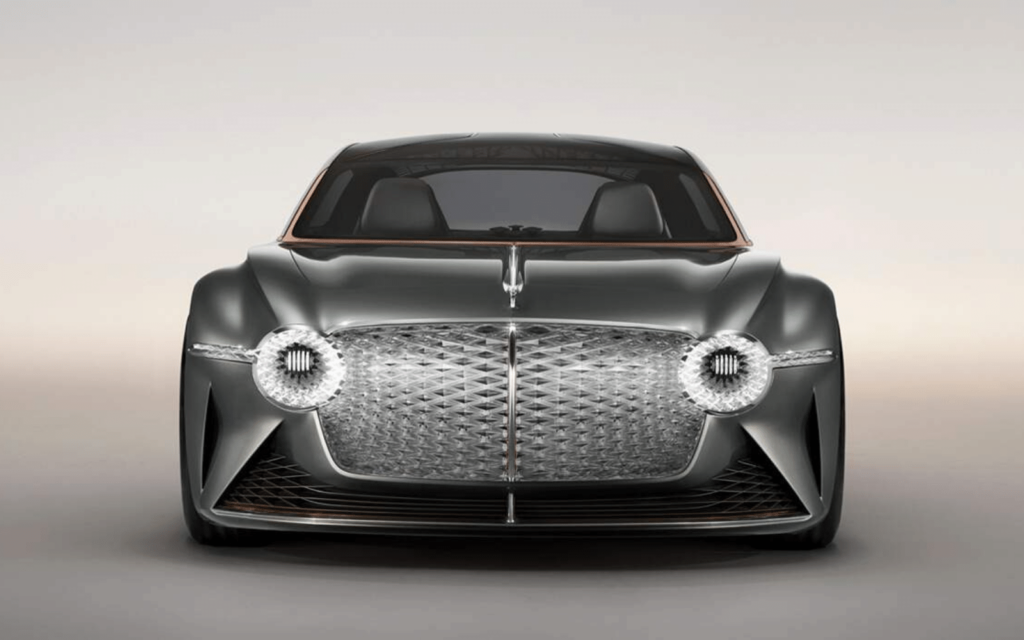Bentley’s first EV will be crazy powerful, says Bentley CEO

Bentley’s first EV, planned for a 2025 release, will reportedly offer 1,400 horses of power and 0 – 100km/h acceleration in 1.5 seconds. If those numbers are to be believed then this future Bentley would be one of the fastest vehicles on the planet. It currently trounces the fastest passenger EVs, the Tesla Model S Plaid and the Lucid Air Dream Edition Performance with 1,020hp and 1,111hp respectively. At least on paper, anyway. And that acceleration won’t even be the main headline, according to Bentley’s CEO Adrian Hallmark. Hallmark says that title goes to the vehicle’s overtaking ability, thanks to all the torque on offer.
Obviously, something that claims to have that much power isn’t going to be cheap. Hallmark didn’t list any official amounts but did say that there will be a version that’ll cost more than €250,000, the equivalent of just over R4 million. But, with Bentley under the Volkswagen Group, the tech it’s using to achieve its 1.5-second acceleration could make its way to other VW sub-brands like Audi and Porsche before too long. Those versions will hopefully be a little cheaper.
Source: The Next Web
Leica picks Xiaomi as its next smartphone partner
Today, some rumours were finally addressed by Xiaomi. The Chinese smartphone maker confirmed its “long-term strategic cooperation” with German camera brand Leica. The two companies will release a co-developed smartphone in July 2022. While this is the first time these two companies have worked together, it isn’t the first time a well-known camera brand has been involved with mobile imaging. Vivo, Sony and Nokia have all previously worked with Zeiss and Oppo and OnePlus are being mightly chummy with Hasselblad for the Find X5 and OnePlus 10 Pro. Plus, Leica has been doing the rounds with its mobile camera tech, starting with Huawei before moving on.
There aren’t too many other details about the smartphone the pair will develop. Xiaomi is no slouch so it’ll probably use the new Snapdragon 8+ Gen 1 SoC that was announced recently. It might even be the Xiaomi 12 Ultra that we’ve been hearing rumours about for a while. Those renders are looking pretty close to accurate right about now.
Source: Engadget
Qualcomm is the latest to unveil AR hardware
Qualcomm has unveiled its latest pair of smart glasses. But these aren’t likely to end up on consumers’ heads. At least, not as they currently are. The Wireless AR Smart Viewer Reference Design is the company’s next-gen version of its AR eyewear and is meant to help Qualcomm’s hardware partners build their own versions. The updated version can now connect wirelessly to its host, is 40% thinner than the previous edition and boasts better weight distribution. It’s also rocking an SoC from the Snapdragon XR2 platform from 2019. But you would still look like a muppet if you wore them.
The hardware specs are nothing to be sneezed at. There are dual 1080p 90Hz micro-OLED displays that supposedly handle motion blur better. It’s got three onboard cameras (although the XR2 platform can support up to seven), while WiFi 6E and Bluetooth will handle the wireless data transfer while reportedly keeping response times under 3ms. It’ll be interesting to see what OEMs do with this new tech. We haven’t had a new tech-filled headset in a while so it’s about time.
Source: Engadget
More news on the Apple AR front
Apple’s still-unannounced augmented reality headset might be one of the company’s worst kept secrets. A few months ago, the rumour was that the company’s headset had passed second-phase engineering validation tests (EVT 2). Those tests ensure the hardware is up to the company’s design and specification standards. Well, The Information reports that early in the production cycle, Apple hadn’t made up its mind about whether to go for a standalone headset, like the Oculus Quest 2, or something more powerful that’ll need a base station, like the Valve’s Index. Apple execs eventually went with the decision to go for a standalone headset.
That decision might’ve thrown a spanner in the works.
“By the time the decision was made, the device’s multiple chips had already been in development for several years, making it impossible to go back to the drawing board to create, say, a single chip to handle all the headset’s tasks,” The Information reported.
According to The Verge, Apple’s board of directors have already tried a version of the headset maybe those rumours that we’ll see it before its supposed 2023 release hold some truth. Or maybe someone is being overly enthusiastic. Apple is also reportedly working on something like Meta and Ray-Bans’ smart sunglasses, but we won’t see those for a good few years still.
Source: The Information, The Verge